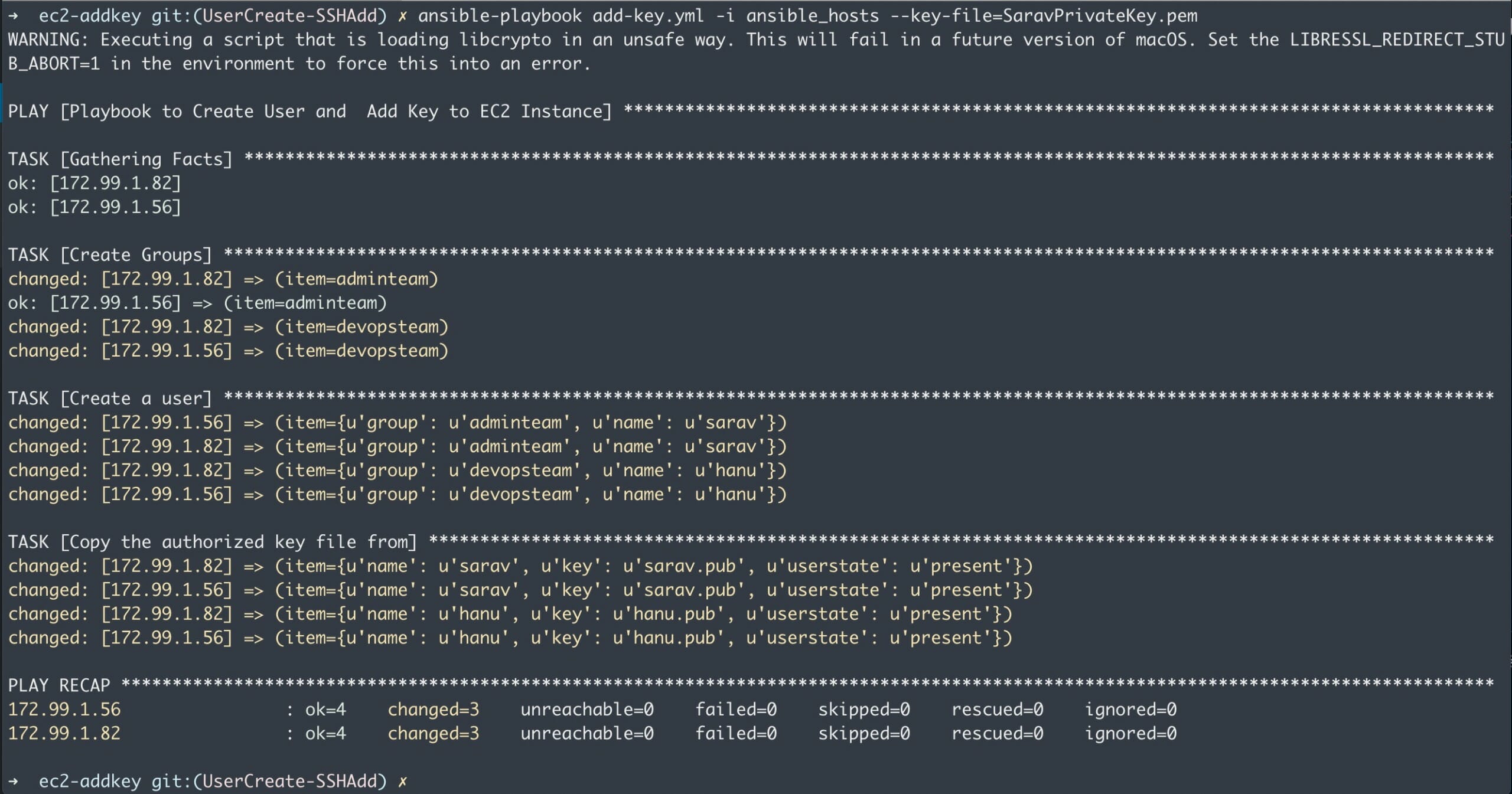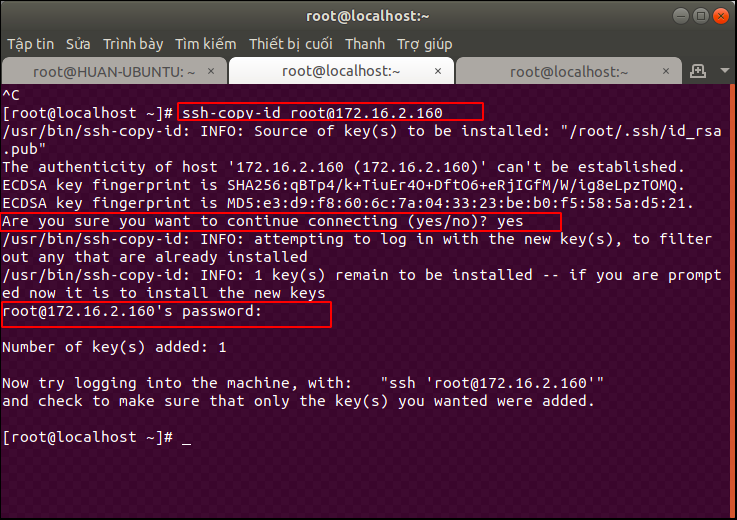

To generate your SSH key pair, you need to browse through the OpenSSH suite of tools and locate ssh-keygen. The network is never able to directly access the key, which is located in a restricted directory and is supplemented with restricted permissions. However, even without the passphrase, your private SSH key is kept extremely safe on your local computer. We will talk more about the passphrase further on in the guide. Furthermore, you can layer on the protection by adding a passphrase on top of the key pair. When paired together, the public key decrypts the private one to authenticate your identity. While you can share the public key with anyone, you need to keep the private key a secret. As we mentioned before, this method uses a public key and a private key to authenticate the identity of a client. SSH keys, on the other hand, offer a much more secure way to gain access to your account. This has become particularly easy these days because of automation and advanced hacking technologies.

#Ssh copy id with yes and password password#
Many attackers employ force to break the relatively simple password and crack into the account. As a result, this creates an area of vulnerability. Most individuals do not use extremely complex passwords so that they can remember them when they need to log in. The main reason why SSH key-based authentication is preferable over password protection is that the latter can leave you vulnerable to cyber-attacks. This makes your session and corresponding activity much safer and secure. Session keys help to encrypt the data stream over the connection. The protocol authenticates the local computer, system, or server using the host key. You also have host keys and session keys. Once the server is able to verify both keys, a shell session is initiated in order to execute your commands. Collectively, these keys are called the user keys as they authenticate the identity of the user. Identity keys serve to verify your identity as the correct user to ensure only authorized personnel can access the given account. The public key is located on the remote server that you want to log into with SSH and remains in the ~/.ssh/authorized_keys file associated with your user account. The authorized key is the public key which works in combination with your private identity key to give you account access. While the keys are cryptographic, you must treat them as authentication credentials since that is the purpose they serve.Ī typical SSH key has two parts: an authorized key and an identity key. Instead of entering your username and password, you use the SSH key pair, which is also an access credential. SSH keys are similar to the credentials you would use to login to your account on the server. We will also discuss why SSH keys are often preferred over the usual password protection mechanism. In this guide, we will focus on how you can configure your Linux server to use SSH keys as the primary means of authentication. The other way is to set your Linux server up for SSH key-based authentication. Here, you simply use your username and password credentials to gain access to your account. The first one is your standard password-based authentication. If you are using an OpenSSH server, there are primarily two different ways you can go about the authentication process.

You can connect to your Linux server for a terminal session using this encrypted protocol. SSH, also known as secure shell, is a protocol that can be used to connect and communicate with a server.


 0 kommentar(er)
0 kommentar(er)
